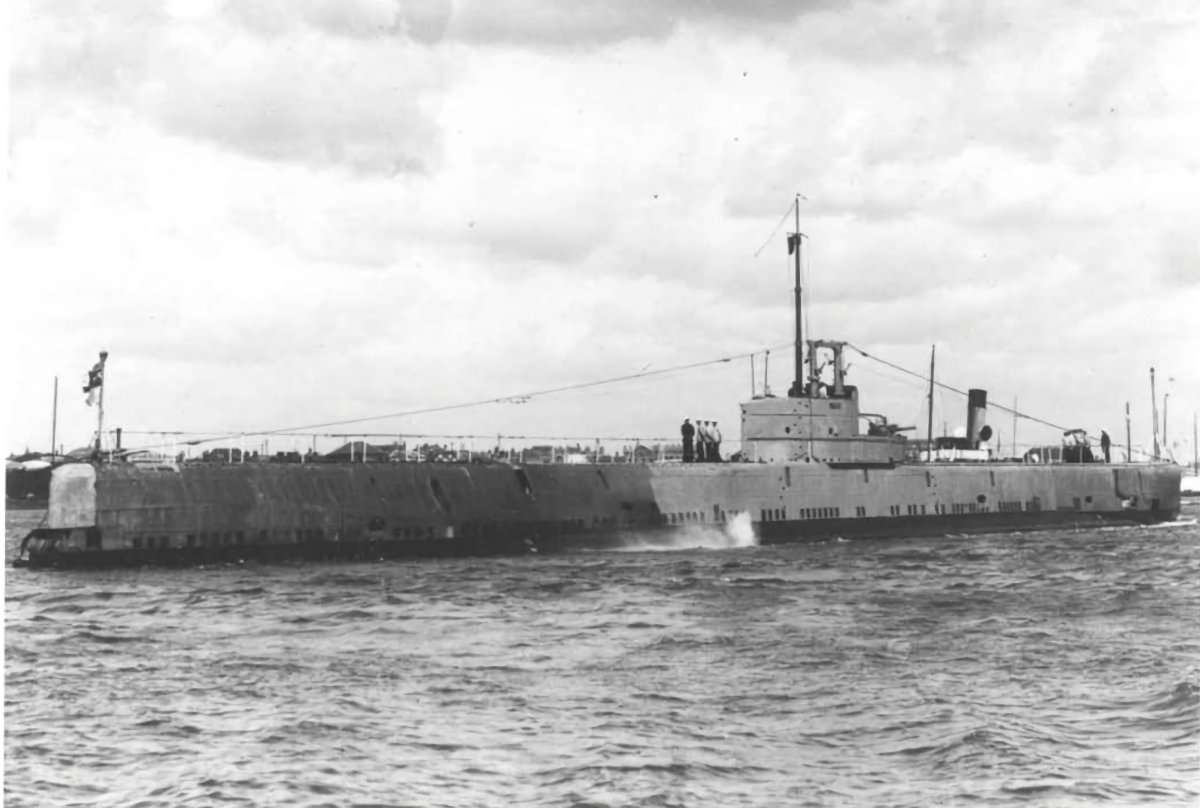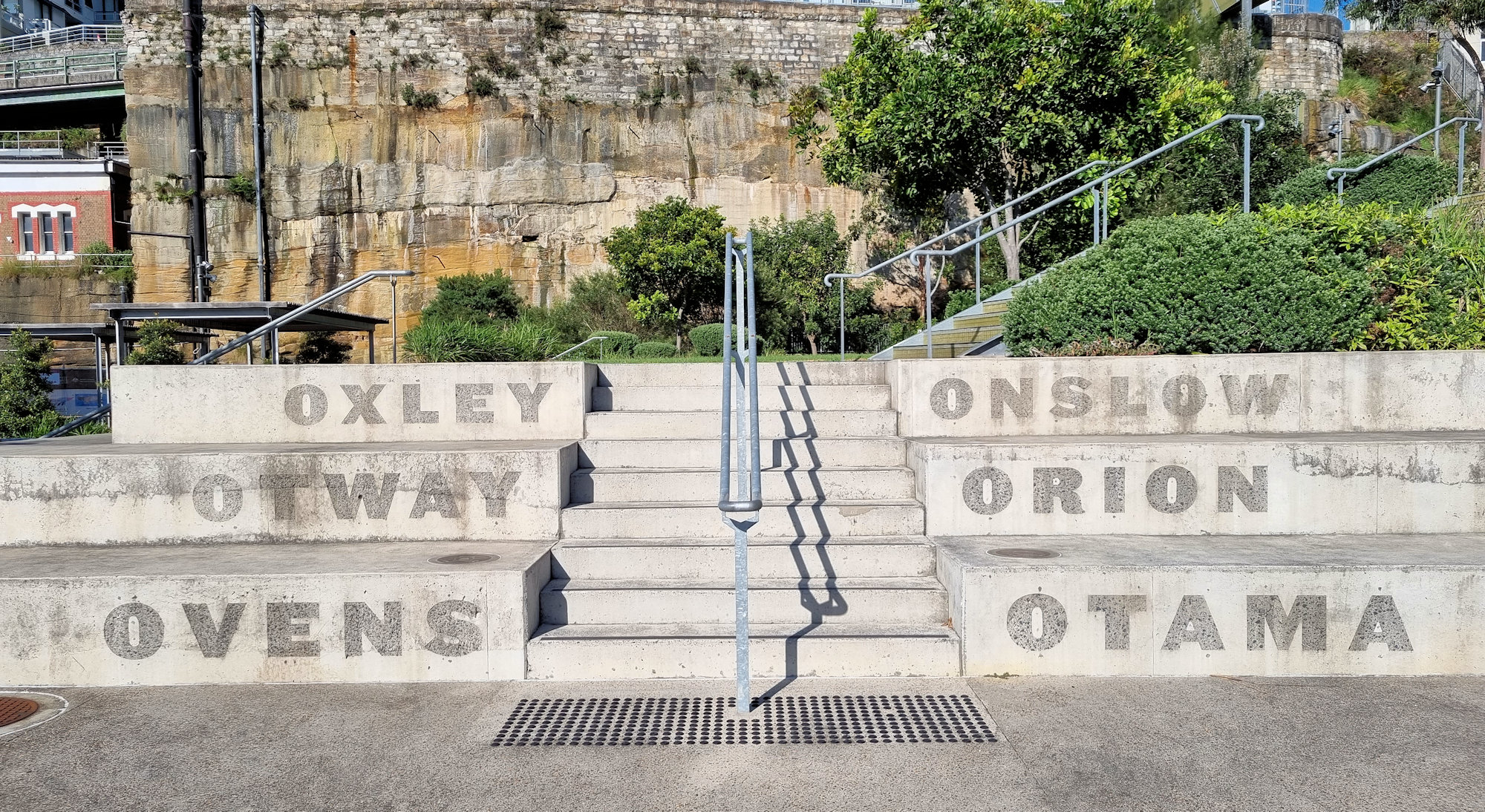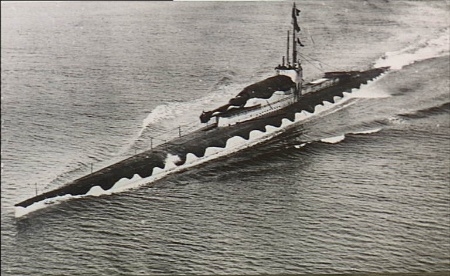Tag: submarine
-
British Submarine HMS Seal

British Submarine HMS Seal HMS Seal was a Grampas-class minelaying submarine of the British Royal Navy. Launched on 28 September 1938, she was commissioned on 28 January 1939. On 4 May 1940 after laying a minefield in the Skagerrak, Seal was hunted by German trawlers after being spotted by aircraft. Successfully avoiding the trawlers, she… Read more
-
Sub Base Platypus Sydney

Sub Base Platypus Sydney Sub Base Platypus is a unique site located in Neutral Bay, Sydney, Australia. The site has a rich history dating back to the early 1900s when it was originally used as a gasworks site. In the early 1960s, the site was acquired by the Royal Australian Navy (RAN) and used as… Read more
-
British Submarine HMS M1

HMS M1 HMS M1 was a submarine of the British Royal Navy, one of four vessels of her class ordered towards the end of the First World War. She sank with the loss of her entire crew in 1925. The vessels were originally intended as “submarine monitors”, but their purpose had been changed before detailed… Read more